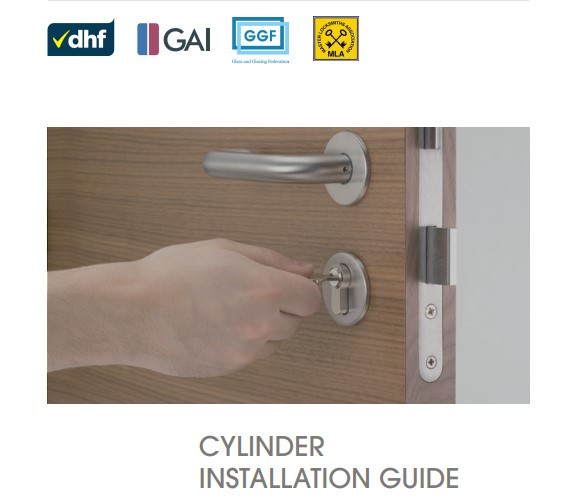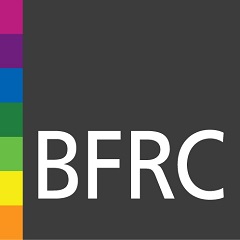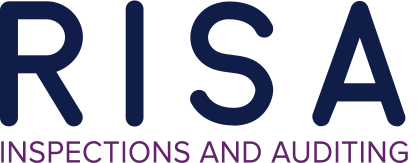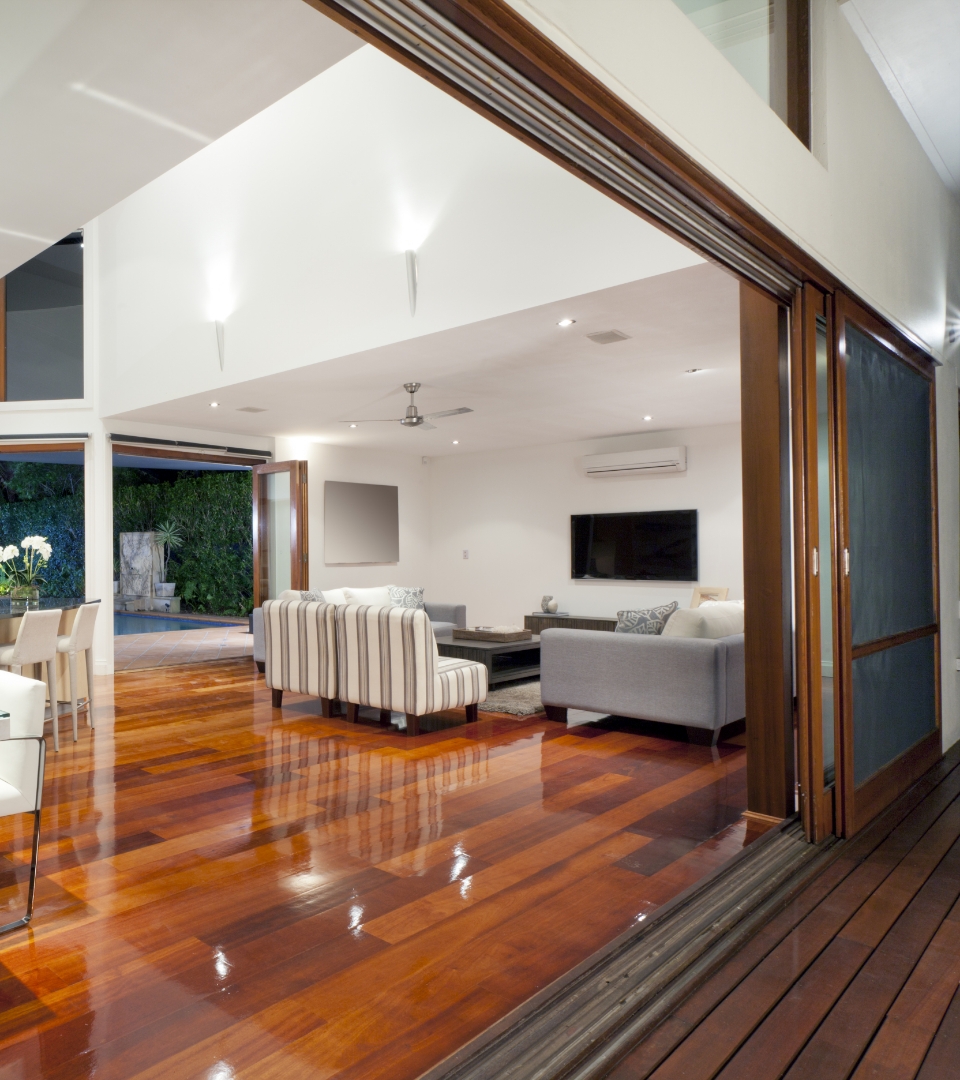Summary of amendments to Approved Document B – Assessments in Lieu of Tests
GGF Director of Home Improvements Russell Day summarises recent amendments to Approved Documents Volumes 1 & 2.
Further to the amendments to Approved Document B, Volume 2 and Approved Document 7, applicable to England only, announced by the Government in November 2018 in relation to Non-Combustibility of materials used in external walls (see the relevant GGF Technical summary), further amendments to both Approved Documents Volumes 1 & 2 were announced at the end of December 2018 in relation to “Appendix A: Performance of materials, products and structures” and the use of Assessments in Lieu of Tests (AILOTs) and “Appendix B:Fire Doors” and the requirements of testing for fire resistance.
Following the Grenfell Tower tragedy the Ministry for Housing, Communities and Local Government (MHCLG) who are responsible for the Building Regulations and guidance contained in the Approved Documents for England, consulted with the construction industry on the manner in which AILOTs are produced and used to demonstrate compliance with the Building Regulations. The issues raised are of significant importance to Fire Safety and their use in the manufacture of some fire resistant materials and products has been found to be questionable.
The new amendments to Approved Documents B, Volumes 1 & 2 limits the way in which AILOTs are produced and they must now be based on material or product specific test evidence in combination with the relevant extended application standard(s) or, if a specific standard is not available, follow the principles contained in “BS EN 15725:2010 – Extended application reports on the fire performance of construction products and building elements”.
In terms of glazing and fenestration products, Fire Resistant Doorsets have historically used assessments to extend the application of fire testing results. Following fire resistance testing carried out by the Metropolitan Police during their investigations into the Grenfell Tower fire on replacement composite fire doorsets installed during the refurbishment of the building which failed to meet the requirements contained in Approved Document B, MHCLG carried out further testing of composite fire doorsets from a number of manufacturers and found inconsistency in test results, these types of fire doorsets were withdrawn from the market during the Summer of 2018.
Although Appendix B, clause 1 of Approved Document B states “The requirement (in either case) is for test exposure from each side of the door separately, except in the case of lift doors which are tested from the landing side only”, historically a majority of testing carried out on fire resistant doorsets has been undertaken from one side only, that side which has been deemed to be the most onerous. Single sided testing is allowed for some types of doorset constructions in the European test standard, EN 1634-1 and may be used to demonstrate compliance to Building regulations in England. Single sided testing, based on the requirements in EN 1634-1, has now been extended to include BS 476-22 testing. For fire resistant doorsets not included within the single side exposure detailed in EN 1634-1, fire resistance testing to either EN 1634-1 or BS 476-22 must be carried out exposing the doorset to fire from both sides and relevant test evidence must be made available to demonstrate compliance to the Building Regulations.
The Glass and Glazing Federation has produced two PowerPoint presentations, available to GGF members, detailing the amendments to Approved Document B, Volume 2 and Approved Document 7 made in November 2018 and amendments made to Approved Documents, Volume 1 & 2 made in December 2018. Links have been provided to enable members to download the relevant documents relating to both amendments.

 Emergency Glaziers
Emergency Glaziers GGF Shop
GGF Shop MyGlazing.com
MyGlazing.com Find a GGF Member
Find a GGF Member













